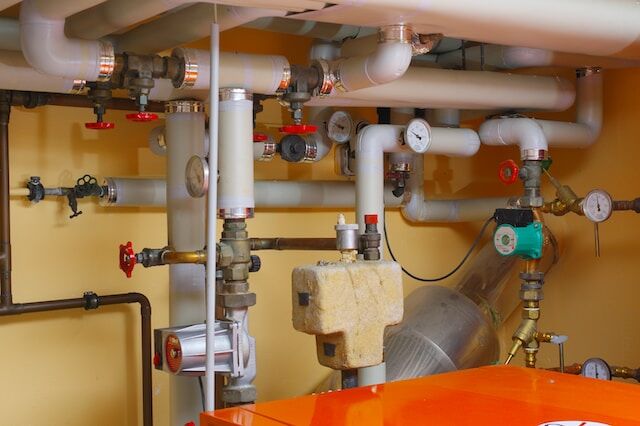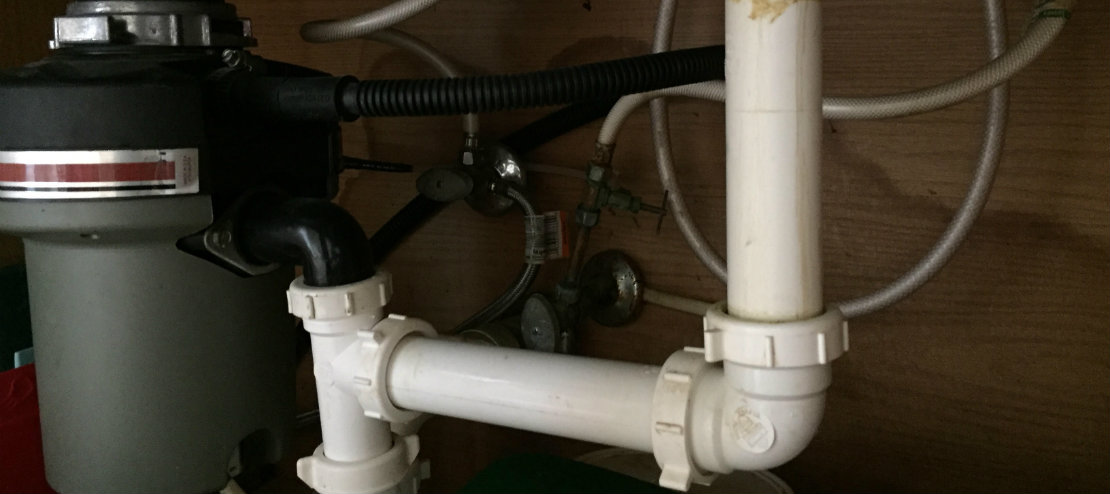Discovering the Core Concepts of Home Plumbing: A Beginner's Introduction
BookWe've uncovered the article relating to Plumbing Basics Every Homeowner Should Know listed below on the internet and believe it made good sense to quickly share it with you here.

Plumbing is a vital aspect of any home, in charge of providing clean water for alcohol consumption, food preparation, and bathing, as well as getting rid of wastewater securely. Understanding the essentials of home plumbing is important for each property owner to make certain appropriate maintenance, troubleshooting, and, if essential, repair services. In this newbie's guide, we'll cover the basic ideas of home plumbing to aid you come to be extra familiar with how it works.
Water Heater
The water furnace is in charge of heating water for domestic use, consisting of bathing, cooking, and cleaning. Typical types of water heaters include tank-type water heaters, tankless (on-demand) hot water heater, and heatpump hot water heater. The water heater is connected to the supply of water system and provides warm water to plumbing fixtures as required.
Drainage System
The drain system removes wastewater from your home and brings it away to a sewer therapy facility or septic system. It contains a network of pipelines, installations, and fixtures that transport wastewater from plumbing components to the major drain line or sewage-disposal tank. Proper drainage is important to prevent blockages, backups, and sewer leakages.
Ventilation System
The air flow system aids keep correct atmospheric pressure and stop drain gases from entering your home. Vent pipes, additionally called vent stacks, prolong from plumbing fixtures to the roof covering, allowing sewage system gases to leave securely outside. Air flow pipes also permit air to enter the drainage system, facilitating smooth wastewater circulation and protecting against suction or vacuum impacts.
Water Supply System
The supply of water system brings tidy water right into your home from a local water source or a private well. It contains a primary water line that attaches to your home's plumbing system, typically situated underground. A water meter gauges the quantity of water eaten, while a shut-off valve enables you to control the flow of water into your home.
Plumbing Fixtures
Plumbing components are devices that supply water to numerous parts of your home and consist of sinks, taps, commodes, showers, bath tubs, and home appliances such as dish washers and cleaning devices. Each fixture is connected to the water supply system through pipelines and installations and might have its shut-off valve for maintenance or emergency situations.
Common Plumbing Devices
Having the right devices handy is vital for performing basic plumbing repair work and upkeep jobs. Usual plumbing devices consist of flexible wrenches, pipe wrenches, pliers, pipe cutters, hacksaws, plungers, augers (or drain serpents), and Teflon tape. Having these devices easily offered can assist you take on minor plumbing concerns effectively.
Standard Plumbing Fixings
While some plumbing fixings might call for professional support, lots of common problems can be addressed with basic do it yourself strategies. Learning just how to deal with a leaky faucet, unclog a drain, change a commode flapper, or fix a leaking showerhead can save you time and money on plumbing repair services.
Final thought
Understanding the basics of home plumbing is essential for every property owner to keep a safe, functional, and efficient plumbing system. By acquainting yourself with the water supply system, plumbing components, water drainage system, ventilation system, usual plumbing tools, and standard fixings, you can confidently resolve minor plumbing concerns and guarantee your home's plumbing system runs efficiently.
Plumbing for Beginners: A Comprehensive Guide
If you’re a beginner when it comes to plumbing, don’t worry; you’re not alone. Plumbing may seem intimidating, but with the right knowledge and a little practice, you can handle many common plumbing issues on your own. In this comprehensive guide, we will demystify the world of plumbing for beginners, providing you with the basic knowledge and skills needed to tackle common plumbing problems and even take on some DIY plumbing projects.
The Importance of Basic Plumbing Knowledge for Beginners:
First and foremost, basic plumbing knowledge gives you a solid foundation. It helps you grasp the key concepts and terminology that are essential in this field. By learning the basics, you’ll be able to build upon that knowledge and tackle more complex plumbing tasks in the future.
Having a basic understanding of plumbing also enables you to handle common issues that may arise in your home. Picture this: a leaky faucet or a clogged drain. With some basic plumbing knowledge, you’ll have the confidence to troubleshoot and fix these problems on your own. It saves you from unnecessary expenses and the hassle of waiting for a professional to arrive.
As a beginner, learning the basics of plumbing empowers you to take care of your own home. It gives you a sense of independence and self-reliance. You’ll no longer have to rely solely on professionals for every small issue that pops up. Instead, you can handle many tasks yourself, saving time and money in the process.
Remember, everyone starts as a beginner. Embrace the learning process and take small steps to expand your plumbing knowledge. There are plenty of online resources, tutorials, and even local workshops that talk about plumbing for beginners.
Essential Tools for Plumbing for Beginners
As you start your plumbing journey, having the right tools in your toolbox is crucial. Let’s explore some of the must-have tools:
Adjustable Wrench:
This versatile tool is a staple in any plumber’s toolbox. It allows you to tighten or loosen nuts and bolts of various sizes. Make sure to have an adjustable wrench with a comfortable grip.
Pipe Wrench:
A pipe wrench is specifically designed for gripping and turning pipes. It has serrated jaws that provide a strong grip, making it easier to loosen or tighten threaded pipes and fittings.
Plunger:
The plunger is a simple yet effective tool for clearing clogged drains and toilets. It creates suction when you push and pull, helping to dislodge blockages. Keep a good-quality plunger handy for those unexpected clogs.
Pipe Cutter:
When it comes to cutting pipes, a pipe cutter is your go-to tool. It creates clean, precise cuts without damaging the pipe. Look for a pipe cutter that can handle the pipe sizes you’re working with.
Hacksaw:
A hacksaw is useful for cutting through pipes, screws, and other materials. It’s a versatile tool that can handle different cutting tasks. Remember to use a blade suitable for cutting metal.
Tape Measure:
Accurate measurements are crucial in plumbing. A tape measure allows you to measure pipe lengths, distances, and dimensions accurately. Opt for a sturdy tape measure that extends a good length.
Pliers:
Pliers come in handy for various tasks, such as gripping, bending, and cutting. Slip-joint pliers with adjustable jaws are great for gripping pipes, nuts, and bolts.

I'm just very curious about How Does the Plumbing Work in Your Home? and I am hoping you enjoyed the new blog entry. Do you know someone else who is excited by the subject? Please feel free to promote it. We value your readership.
Check This Out